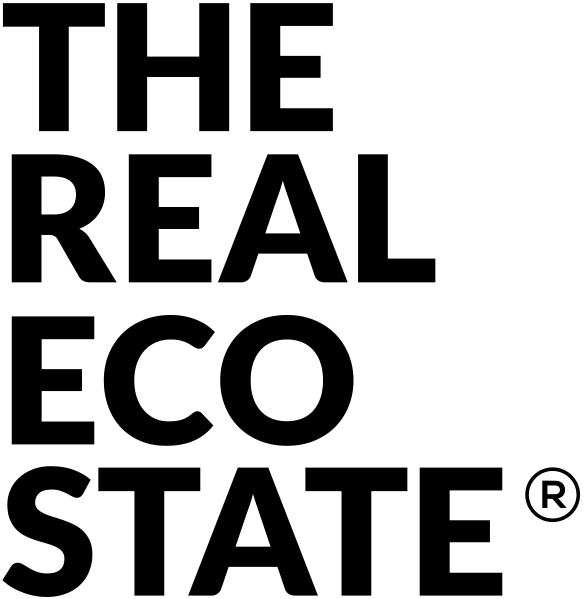
A Snapshot of the Green Market
Private enterprise in the Patagonia and forests all over the world is the future of conservation. This is not to say that public initiatives and public sector funding is not important, rather, on the contrary, it often has a catalytic effect on private investment as a driver of impact.
“Private enterprise manages so much better all the concerns to which it is equal” (Thomas Jefferson).
Private enterprise in the Patagonia and forests all over the world is the future of conservation. This is not to say that public initiatives and public sector funding is not important, rather, on the contrary, it often has a catalytic effect on private investment as a driver of impact.
The carbon offset market is a relatively nascent and unsurprisingly has been subject to diverse public and private interests. Accordingly, there have been some successes and notable failures, like cap-and-trade in the United States. However, rather than diving into economics and policy, one thing is certain, that the carbon credit has emerged as the flagship asset class, a class that is quite varied and illustrative of diverse interests. Generally speaking, the asset is a certificate issued by an authority, which is measured and represents an amount of metric tons of CO2. The certificates can be issued in compliance markets, namely as UN Certified Emission Reductions (“CERs), in voluntary markets by a self-regulated organization, like, for instance Verra and Gold Standard, two internationally recognized organizations in this space. The certificates can be further divided among several criteria, like, for instance, sector—Agri, Renewable Generation, N20, transportation, waste, and reforestation and afforestation—or program—the CDM (Clean Development Mechanism), REDD+ (Reducing Emissions from Deforestation and Forest Degradation), and community impact programs. It is all quite confusing, and often overwhelming, but certainly where the action is at the moment (especially considering industry growth estimates).
To be clear, carbon credits are a critical tool in the toolkit against climate change. It cannot, however, be the only one. While carbon credits are evidently a successful financial instrument funneling resources toward fighting climate change with great efficiency, there is still much to learn about the efficacy of the underlying projects in achieving their impact results. The Sustainability and ESG Markets are tending toward the importance of other important impact indicators, like, for instance, biodiversity, water access/quality resource, cybersecurity in the world of governance, etc. Accordingly, additional asset classes are fundamental to carbon offsetting/positivity, namely wildlands with conservation easements in perpetuity.
Wildland conservation must enter the global offsetting market to properly value the services such wildlands provide humanity. To conclude that carbon neutrality can be achieved exclusively through remediation/reforestation/afforestation alone is to effectively facilitate, if not, rubber stamp greenwashing as a systematic risk. Rather, carbon neutrality requires a holistic approach, which includes both carbon credits and opening markets directly in conservation. In the Chilean Patagonia, a healthy market for temperate rain forests is developing. Private investment is driving conservation of wildlands in perpetuity. This asset class affords the opportunity for the direct measurement of important impact metrics including those beyond carbon, like, for instance, biodiversity. Private investment in carbon credits and conservation are the best way to manage the risks facing our wildlands.

